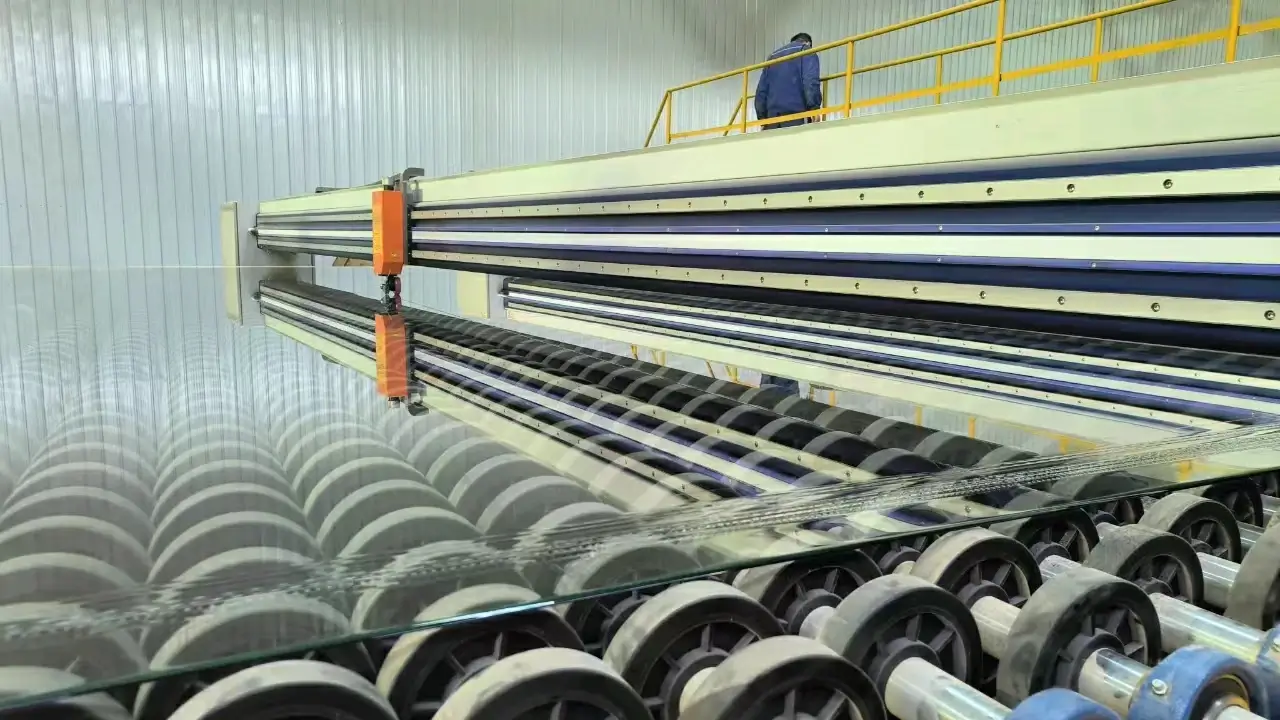

Reflective Float Glass A Modern Architectural Marvel
In the realm of modern architecture and design, reflective float glass has emerged as a groundbreaking material that combines aesthetic appeal with practical functionality. Known for its unique ability to reflect light while providing visibility to the interior, reflective float glass finds its applications in a wide array of settings, from high-rise buildings to residential homes. This article delves into the characteristics, advantages, and diverse uses of reflective float glass, showcasing why it has become a preferred choice among architects and designers.
Understanding Reflective Float Glass
Reflective float glass is produced through a specialized process that involves floating molten glass on top of molten tin. The result is a smooth, uniform sheet of glass with an excellent optical quality. By applying a thin reflective coating to one side of the float glass, manufacturers create a surface that reflects a significant portion of incoming sunlight, while still allowing for visibility from the opposite side. The degree of reflection can be adjusted by varying the coating, enabling designers to achieve the desired aesthetic effect and energy efficiency.
Aesthetic Appeal
One of the primary attractions of reflective float glass is its sleek and modern appearance. The reflective surface not only enhances the building's visual appeal but also contributes to a more cohesive and harmonious architectural design. Reflective glass can complement various styles, whether a contemporary office building, luxury hotel, or residential structure. The shimmering quality of the glass allows buildings to interact with their surroundings, reflecting the sky during the day and creating a mesmerizing display of lights at night.
Energy Efficiency and Sustainability

In an age of environmental awareness, the energy-saving properties of reflective float glass cannot be overlooked. The reflection of solar radiation minimizes heat absorption, which in turn reduces the reliance on air conditioning in warmer climates. This energy efficiency not only lowers utility costs for building owners but also contributes to a smaller carbon footprint. Many reflective float glass products are designed with sustainability in mind, incorporating recycled materials and eco-friendly manufacturing processes. As a result, this type of glass aligns with the increasing demand for sustainable building practices.
Versatility in Applications
Reflective float glass is incredibly versatile, making it suitable for a variety of applications. In commercial settings, skyscrapers often utilize this glass to create dramatic facades that stand out in urban environments. Its reflective properties help to reduce glare for both occupants and nearby pedestrians. In residential design, homeowners are choosing reflective glass for windows and doors, enhancing privacy while still allowing natural light to filter in. Additionally, this type of glass can be employed in interior applications, such as partitions and decorative features, bringing the same benefits of reflection and light optimization indoors.
Challenges and Considerations
While reflective float glass offers numerous advantages, there are also challenges that architects and builders must consider. For instance, the reflective nature of the glass can create glare issues for nearby buildings, drivers, or pedestrians if not properly designed. It is essential to conduct thorough site assessments to ensure that reflective glass is installed in a manner that maximizes its benefits while minimizing potential disturbances. Furthermore, the selection of the right type of reflective float glass, taking into account local climate, orientation, and building function, is crucial for achieving optimal performance.
Conclusion
Reflective float glass stands out as a modern marvel in the world of architecture, offering a perfect blend of beauty, practicality, and sustainability. As the demands of contemporary design continue to evolve, this innovative material provides architects and builders with the flexibility to create structures that are not only visually striking but also environmentally responsible. By embracing reflective float glass, we are stepping into a future where design harmoniously coexists with energy efficiency and sustainability, setting the stage for a new era in architectural innovation.